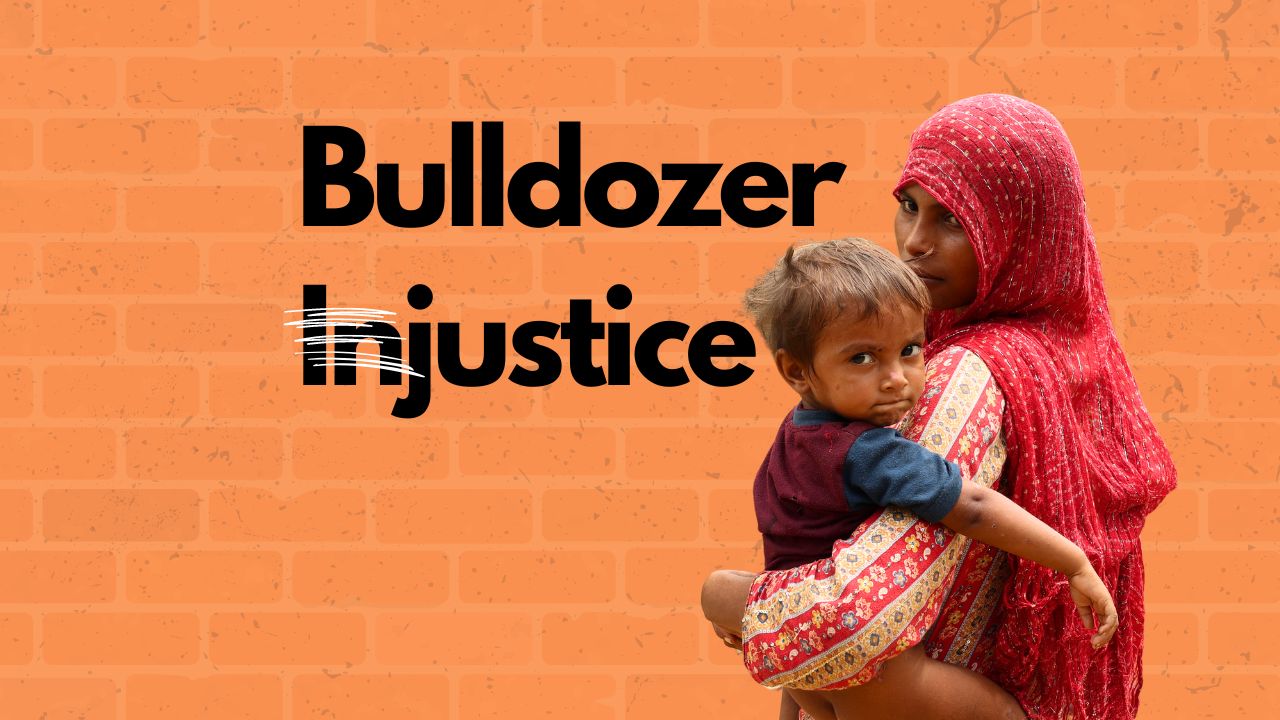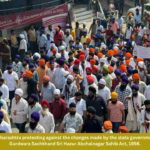A report has been granted by Amnesty International with respect to the frequent demolition of Muslim homes, businesses, and places of worship in India. The subsequent “Bulldozer Justice” uprooting of establishments has called for immediate action. “Authorities must immediately stop the unjust targeted demolition of Muslim properties,” says the headline.
“Authorities must immediately stop the unjust targeted demolition of Muslim properties”
Amnesty International
The organization has revealed a worrisome pattern of demolitions since the targeted properties mostly belong to the Muslims of India. Five states of India have been mentioned in particular: Assam, Gujarat, Madhya Pradesh, Uttar Pradesh, and Delhi, out of which four are led by the Bharatiya Janata Party (BJP). What is more disturbing is the brutal ransacking without any proper planning or prior orders, leading to homelessness and deprivation of livelihood.
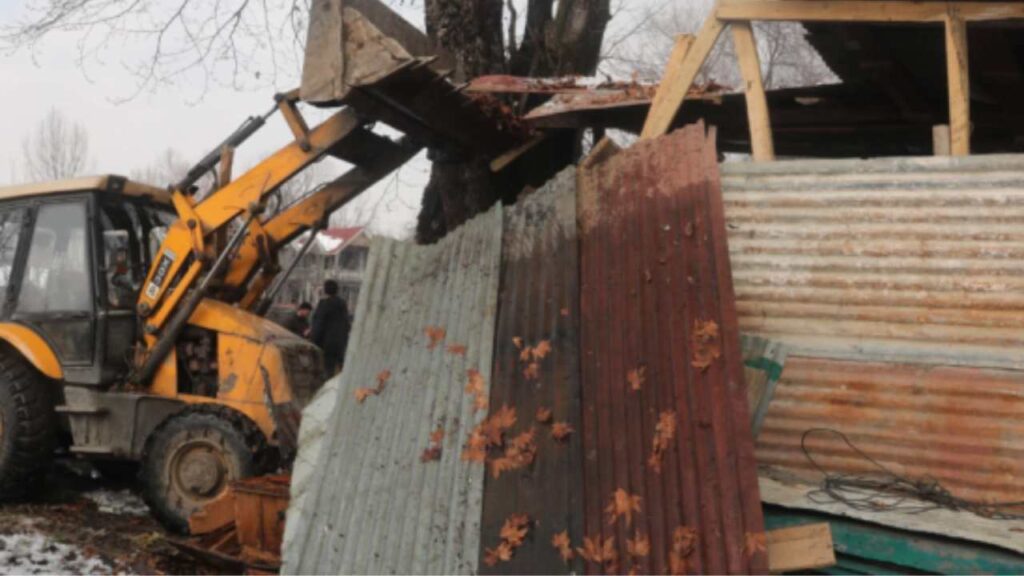
Amnesty International recorded at least 39 instances of police using illegal force to carry out demolitions or stop victims from collecting their belongings. When homeowners presented legal proof and questioned the demolition, they were beaten up. At least 14 of them claimed that they were physically assaulted by police. The cops forced in doors, hauled people out of their houses, and abused them before beating them with lathis and putting them in detention.
JCB’s Complicity: Is JCB to Be Questioned?
In the past, questions have been raised towards the JCB company, the company that deploys most of the bulldozers for the demolitions, but they have claimed to not be responsible for any usage of the machine after it is sold. Nevertheless, international organizations have accused JCB of not monitoring the usage of the machine against humanity, leaving 617 people homeless and jobless. “Bulldozer Injustice in India” and “JCB’s Role and Responsibility in Bulldozer Injustice in India,” the two reports that mention the destruction of the properties, have mentioned at least 128 buildings to have been destroyed between April and May 2022.
“Under international standards, JCB is responsible for what third-party buyers do with its equipment. The company must stop looking away as JCB machines are used to target and punish the Muslim community, while people sloganeer anti-Muslim vitriol mounted from atop these bulldozers. JCB cannot continue to evade responsibility while its machines are repeatedly used to inflict human rights abuses”
Agnès Callamard
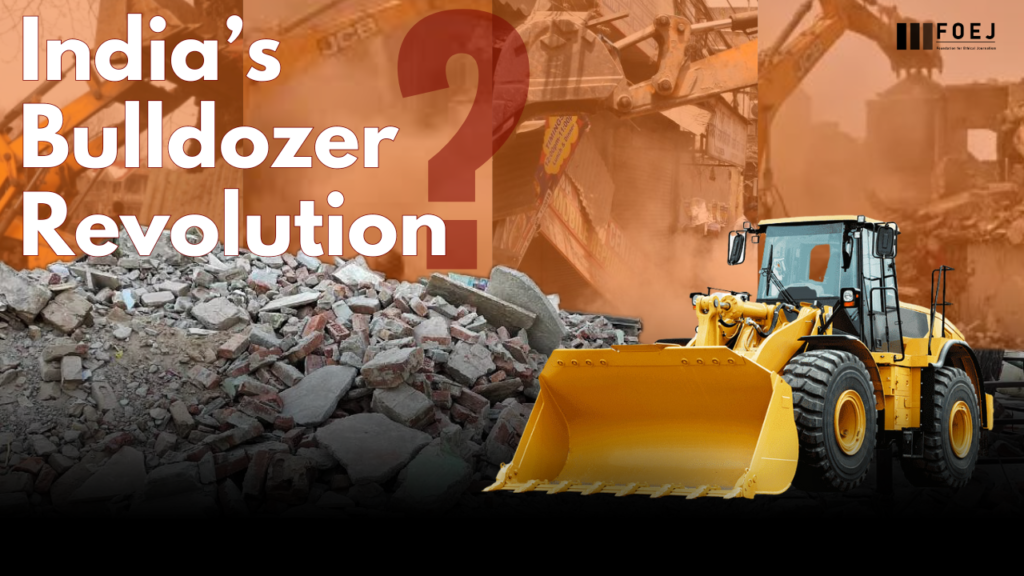
What is 2024 about so far?
Even though the new year is just two months old, India is seeing skyrocketing developments. What remains on the land is destruction, chaos, and deaths.
22th January: Babri Masjid
January 22 laid the foundation of a magnificent temple—atemple—a soaring dome 160 feet high and grounds encompassing 71 acres—wasacres—wasacres—dedicated to the Hindu deity Ram in Ayodhya, Uttar Pradesh, whose construction has been pushed by Hindu far-right parties for the past four decades.
The Ram Mandir is being built on the site of a mosque that dates back to the 16th century, when Babar was the ruler of India. In 1992, far-right Hindu outfits destroyed the mosque, sparking widespread Hindu-Muslim riots that claimed the lives of over 2,000 people, the majority of them Muslims.
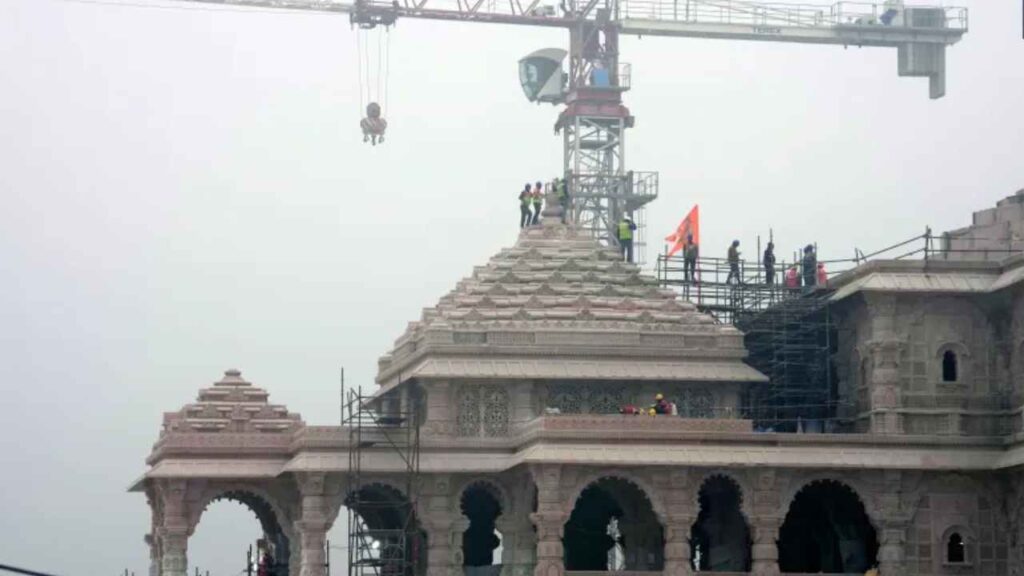
Following the events of December 6, 1992, Atal Bihari Vajpayee, a BJP leader and eventual prime minister, expressed his feelings of “regrets, agony, and anguish.”
After the innaugration of the temple, political parties have been under criticism from AMIM chairman Asaduddin Owaisi for failing to bring up the topic of the Babri Masjid’s demolition before the Ram Temple in Ayodhya is dedicated. Owaisi called it disgraceful that a criminal act has been turned into a source of pride for the country.
“No political party is discussing December 6, the heinous criminal offense of destroying a centuries-old mosque. The entire discourse now revolves around whether or not they will go (to the innaugration of Ram Mandir). The message for Indian Muslims is obvious. We are required to know our “aukaat” in today’s India. We are supposed to comply silently,” Owaisi said.
“No political party is discussing December 6, the heinous criminal offense of destroying a centuries-old mosque. The entire discourse now revolves around whether or not they will go (to the innaugration of Ram Mandir). The message for Indian Muslims is obvious. We are required to know our “aukaat” in today’s India. We are supposed to comply silently”
Asaduddin Owaisi, AMIM chairman
As reported by the Washington Post, the critics fear that the state-sponsored religious celebrations, coupled with simmering talk of Hindu supremacy and historical revenge, have demonstrated how India under Modi has moved away from the ideals of those who fought for independence, such as Mahatma Gandhi, who frequently intervened to ensure the safety of his Muslim fellow citizens during outbreaks of Hindu-Muslim riots.
“Revenge, revenge, revenge.”
Additionally, Anantkumar Hegde, a former cabinet minister under Modi, demanded this week that mosques in southern India be demolished as well for the sake of “revenge, revenge, revenge.”
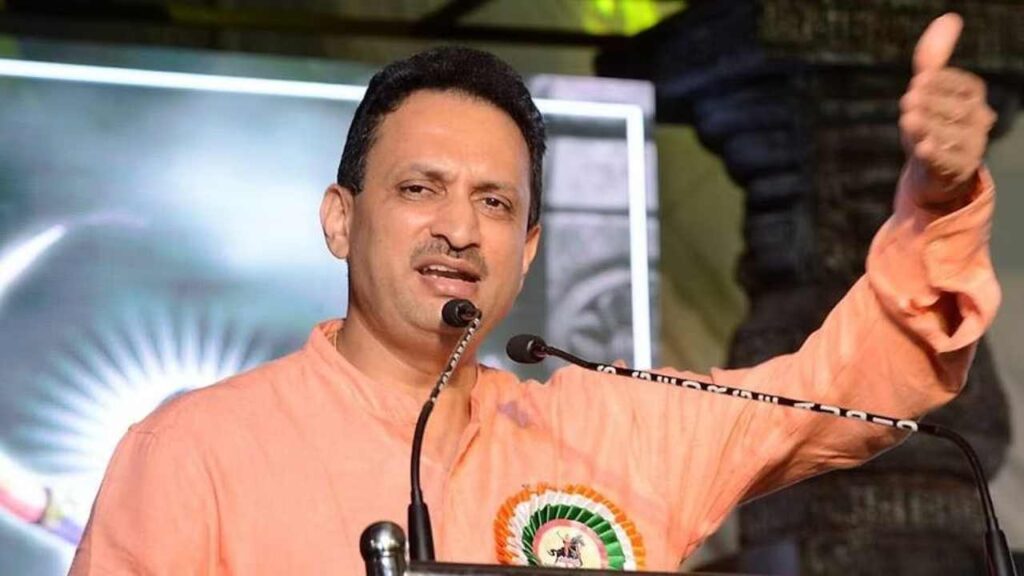
Hegde declared, ““Revenge, revenge, revenge… if we do not take revenge for 1,000 years, then the Hindu community can clearly say that ours is not Hindu blood,” the BJP MP added.” Back in 2020, he called the Mahatma Gandhi-led independence struggle a “drama.”
January 23rd and going: Mumbai violence
Bulldozers demolished Muslim homes and properties in Mumbai after violence erupted following the inauguration of the Ram temple in Ayodhya by Modi. This temple was built on the site of the Babri mosque, which the Hindutva mob destroyed in 1992.
Thirteen people were arrested as a consequence of fighting between two religious sects on Mira Road, which is close to Mumbai. In response to the arrests on January 23, the district administration began demolishing fifteen ‘unauthorized’ buildings, alleging “illegal encroachments” as a means of desescalating the unrest.

The dispute started on January 21 when it was reported that Hindu males had harassed a Muslim woman and got worse when a Hindutva mob insisted that a Muslim man recite “Jai Shri Ram.”
On February 7th, the Brihanmumbai Municipal Corporation (BMC) carried out a demolition operation in Govandi’s Tata Nagar to get rid of unauthorized’ encroachments.
About 300 people were impacted by the destruction; most of them were Muslim, Buddhist, and Dalit families. The timing of the campaign drew criticism from activists who claimed that it was directed against vulnerable residents.
The Indian Express reported that, according to Jan Haq Sangharsh Samiti, residents—including children and the elderly—were mistreated severely and were not given enough time to gather their goods.
Other incidents on January 23rd
- The Hindutva mob disrupted a screening of Anand Patwardhan’s documentary, “Ram ke Naam,” in Hyderabad. Police arrested four individuals, including cafe owners and members of Hyderabad Cinephiles; disruptors were not questioned. The documentary explores the Ram Janmabhoomi movement,relevant to the Ram temple inauguration in Ayodhya. The incident questions freedom of speech and expression.

- Hindutva activists hoisted saffron flags on Christian prayer halls in Jhabua district, Madhya Pradesh. The incident portrays the escalating influence of Hindutva outfits over minorities.
- In Bihar, a procession ignited a firecracker within a Muslim graveyard in Khirma village of Darbhanga district, questioning the morality of the extremist groups.
30th January: Akhondji Masjid
This holy site, which dates back to Raziya Sultan’s era and represents a piece of our cultural legacy, was destroyed as a result of accusations of illicit land use.
The DDA department ordered the destruction of the Akhonji Mosque, which is said to have been constructed 600 years ago. The demolition claimed the life of a centuries-old mosque whose madrasa had been sheltering twenty-five (25) children and was evocative of many others in India.

Afzal, a 12-year-old student who was compelled to flee, found himself standing cold and barefoot amidst chaos and ruins. He recounted, “The police arrived early in the morning, instructing us to hastily gather our belongings and leave without providing enough time to pack. I departed without my sandals. When I pleaded with them to allow me to get my footwear because my feet were cold, the policeman scared me, threatening to beat me.”
The reasoning behind declaring centuries-old buildings—older than the DDA itself—has drawn criticism from certain groups. Additionally, they claim that the proposed demolitions unjustly highlight the historical and cultural legacy of Muslims. The DDA lists twenty religious buildings in Sanjay Van that are to be demolished; sixteen of them are Muslim shrines, or “mazaars,” and four are temples.
According to the witnesses, graves were unearthed, causing disgrace to the religious texts pushed, as the Holy Quran of Muslims lay open in the debris.
“I used to offer flowers to my mother’s grave, which is now completely destroyed,” lamented Sameer, who had come to pay respects to his mother’s grave.
Shams Tabrez Khan, whose wife is buried in the graveyard, questioned, “If they came for the mosque, why demolish the graves? The government had allocated this burial ground for my dear wife, Ishrat-un-Nisa. I was devastated.”

Suhail Sheikh, a distressed father, arrived to visit his child and tearfully expressed, “I came to see my son and brought clothes for him. When I requested the police allow me to meet my child, they refused, questioning why I even became a parent. It has been five months since I last saw my child.”
31st January: Gyanvapi Masjid
On January 31, Varanasi Court allowed Hindu devotees to perform pooja in the basement of the controversial Gyanvapi Masjid, thus marking an end to the legal battle between Hindu dissidents and the temple’s governing body, Anjuman Intezamia.
The Print reported that in the Uttar Pradesh government, Shailendra Pathak, the priest on whose petition the Varanasi court issued the ruling, sought authorities immediately after the decision, urging that the puja be allowed as soon as possible because the god was a kid and needed to be “fed.” Thus, we can conclude that one of the main reasons for facilitating puja within hours of the district court approving its legal status to Hindus was that the deities were minor and could not be left “hungry” for too long.
Here is a brief timeline of the case:
- 1991: First lawsuit filed by Hindu priests seeking permission to worship at a shrine inside the mosque.
- 1998: Allahabad High Court dismisses the petition.
- 2019: A new petition was filed by Hindu lawyers seeking an archaeological survey of the mosque.
- 2020: Archaeologists submit a report to the court, finding evidence of a Hindu temple at the site of the mosque.
- 2021: Allahabad High Court stays the proceedings in the lower court.
- 2022: Varanasi district court orders a fresh video graphics survey of the mosque.
- 2022: Videographic survey completed.
- 2023: Varanasi district court is expected to deliver its verdict.
- February 5: Baghpat Cas
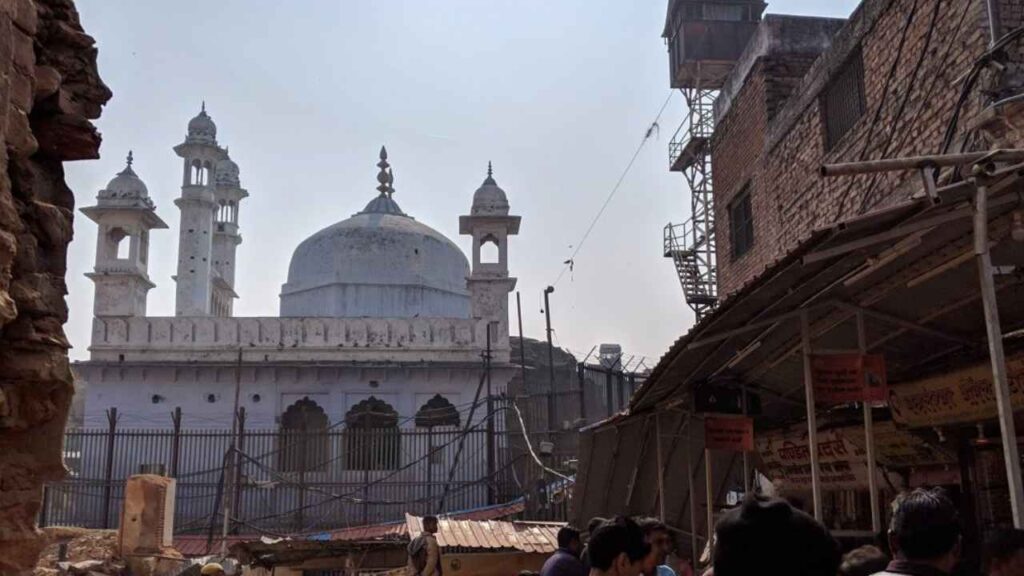
9th February: Haldwani Mosque Demolition
Violence broke out in Haldwani, Uttarakhand, on February 9 after a mosque along the madrasa was torn down by the authorities. As a part of the demolition drive, the mosque, known as ‘Malik ke Bagiche’ ka Madarsa, was demolished by municipal authorities. It resulted in massive clashes between the police and civilians.
Six were killed (all Muslims) and hundreds injured after “shoot at sight” was imposed along with the curfew. Later, the state asked the central government for central forces to maintain order in the state. The demolished structures were in an area with nearly 4,000 residents.
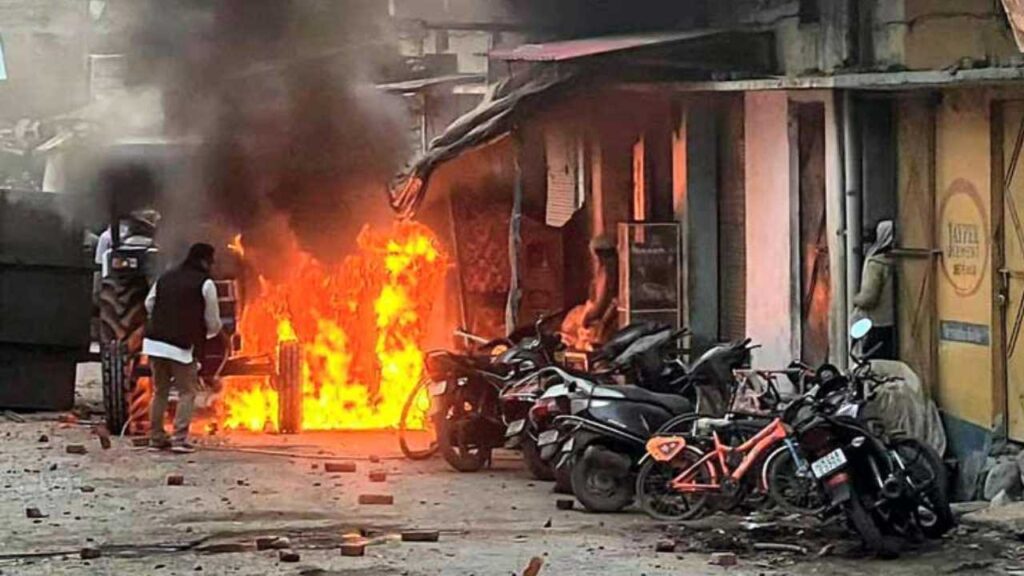
Abdul Malik, an accused in the violence, was detained in Delhi along with his son and 23 other people, all Muslims.
Bulldozer in the Election
After the BJP government won the election in UP in March 2022, “”bulldozer” was used as a symbol of strength. Chief Minister Yogi Adityanath celebrated the victory, saying the bulldozer helped them beat their opponents and demolish the properties owned by ‘criminals’.
In April 2002, after climbing onboard with the operator of the bulldozer, Anjana Om Kashyap, the top editor of the Aaj Tak channel, informed viewers that the bulldozer had come to represent rigorous legal action against illegal constructions in Indian politics.
Analysts say that bulldozers have become a symbol of oppression against Muslims in India, especially since Yogi Adityanath, known for his anti-Muslim views, started the policy of demolishing the properties of accused criminals to provide quick justice. Legal experts criticize this approach, saying it ignores proper legal procedures.
As reported by the Washington Post, the BJP, according to Milan Vaishnav, head of the Carnegie Endowment for International Peace’s South Asia program, is successfully leveraging its two enduring campaign pillars, Hindu nationalism and economic growth.
In the end, everyone knows who the target is—Muslims, according to Vaishnav. “Religion is being used as a filter to determine who belongs in India today, whether it be through bulldozing, changes to citizenship laws, or dietary habits.”
“Religion is being used as a filter to determine who belongs in India today, whether it be through bulldozing, changes to citizenship laws, or dietary habits.”
Milan Vaishnav, Head of the Carnegie Endowment for International Peace’s South Asia program
Last July, the Supreme Court criticized the Uttar Pradesh government’s reasoning in opposing the bail application of a person accused of demolishing a house with a bulldozer, asking if the administration was prepared to acknowledge that “bulldozing houses is a wrongful act” and stop doing so.
The Human Cost: Nuh Violence
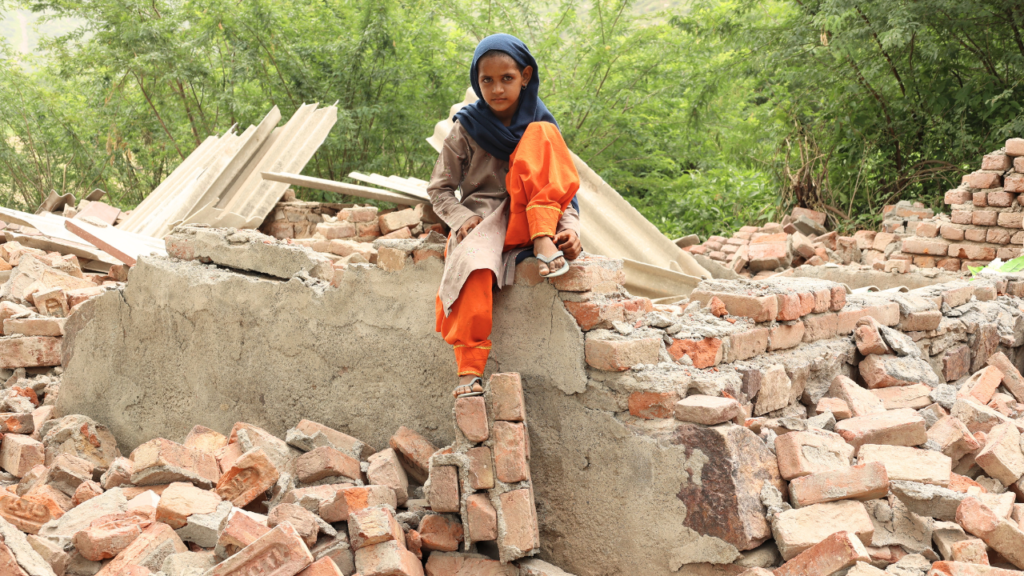
Haryana, a BJP-ruled state, saw 1200 Muslim houses and businesses buried to the ground in August last year. Soon the violence spread to nearly all states, including Gugruan, a result of which was the vandalization of a mosque in Haryana’s Sohna Shahi Jama Masjid. It was soon after a peace rally was conducted by the police, assuring Muslims of their safety, that 200 veiled men dashed into the mosque. The Quint reported that the mosque’s caretaker, Shamim Ahmed, stated that a crowd of around 200 men, their faces veiled, barged in during the afternoon and began destroying “whatever came in their path.”

“There were around 50 individuals, including children, who studied here. We were hiding in the mosque’s inner chambers. They must have thought the mosque was empty, or they would not have spared us. “We’d have died today,” the caretaker told The Quint.
The Foej team reached Nuh, where Manisha cradling her daughter shared her story of fear and agitation. “In no time, a mob gathered around our home; we collected a few of our belongings and escaped. I had never witnessed such horror before, sobbed a 22-year-old who had to withstand the terror for her 2-year-old. Recounting the subsequent incidents when they had to survive without shelter for months. “We had to sleep under the sun and the rain for months,” said the woman in red.

“We had to sleep under the sun and the rain for months”
Nuh Survivor
Aasif Mujtaba, CEO and Founder of a Delhi-based NGO Miles2Smile said, “My first encounter with the people of Nuh was full of despair, and on top of that, people were accused of violence; some even called them ‘stone-pelters’. Buildings were thrashed and homes destroyed, but the only thing that persisted was hope.” The NGO had iniative to help the survivors with basic necessities, rebuilding the demolished houses being the most valuable ones.
“My first encounter with the people of Nuh was full of despair, and on top of that, people were accused of violence; some even called them ‘stone-pelters’. Buildings were thrashed and homes destroyed, but the only thing that persisted was HOPE”
Aasif Mujtaba, CEO and Founder of Miles2Smile
The main culprit in the violence, Bittu Bajrangi, president of the Faridabad wing of Gau Raksha Bajrang Force, also known as Raj Kumar, was arrested, yet bailed after 14 days.
How do some politicians in India see it?
The Communist Party of India’s Brinda Karat objected to the demolitions in Delhi, claiming that the bulldozers are being used to specifically target Muslims while pretending to be clearing encroachments.
Following demolition in Nuh, on the outskirts of New Delhi, the Punjab and Haryana High Court stated, “The issue also arises whether the buildings belonging to a particular community are being brought down under the guise of [a] law and order problem and an exercise of ethnic cleansing is being conducted by the state.”
Read more: https://foej.in/one-easy-solution-demolition/: Demoltions: The Old Practice Sees Escalation in the New YearAre the demolitions legal?
Demolition is seen by members of civil society, activists, and opposition politicians as a purposeful act of targeted aggression directed at Muslim and other minority communities.
According to Amnesty’s assessment, the demolitions were done without following the proper procedures. Building occupants were not given enough notice before demolitions began or enough time to vacate their premises and retrieve their personal property. 75 demolition survivors were questioned by Amnesty. Of them, just six had any kind of advance warning from the government.
“In a year that India heads to the polls, the ongoing hate campaign against minorities – especially Muslims – and the widespread impunity enjoyed by those responsible for the demolition of their homes and properties is unacceptable. Amnesty International calls on the Indian authorities to ensure immediate protection of the rights of Muslims and those who are most marginalized before, during and after elections”
Agnès Callamard
According to the people whose homes were demolished in the Nuh violence, no prior notice was given to the homeowners. The Wire questioned Nuh, and SDM Ashwani Kumar told their reporter that everyone received a proper notice. He mentioned that they were all given sufficient warning far in advance of all of these occurrences. They were all given ample time, and the notifications were served early.
But according to attorney Tahir Hussain Rupaniya, a former head of the bar association in the Nuh district, notifications were only sent out the morning of the demolition campaign. “The letters were just distributed within the last two days, but the authorities have backdated them to June 30, 2023.
According to the Amnesty report, India is required to uphold and fulfill the right to adequate living, “which includes the right to adequate housing, the right to work, and the right to social security,” as a state party to the International Covenant on Economic, Social, and Cultural Rights (ICESCR).
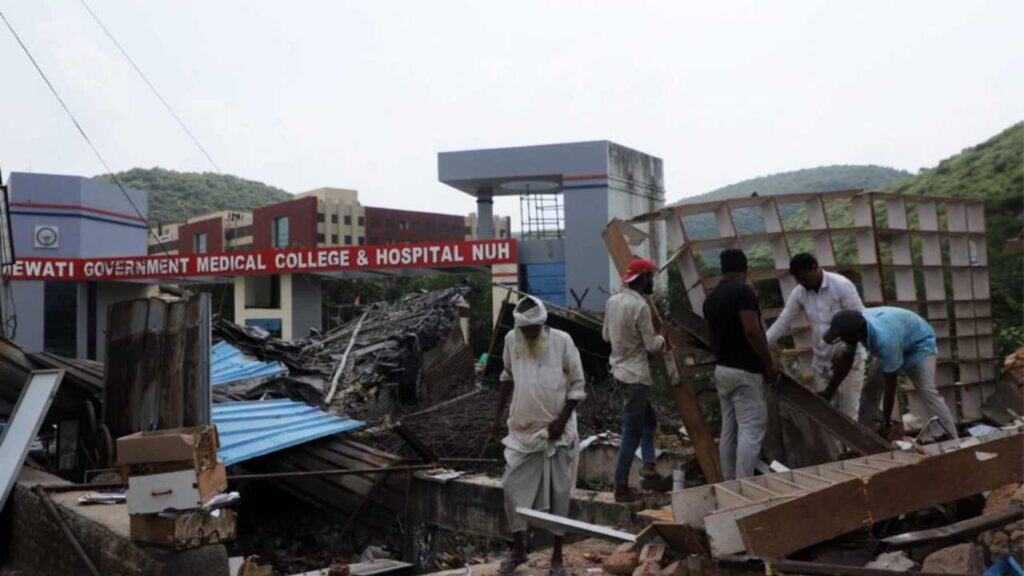
It was further reported that Muslim neighborhoods are deliberately chosen for demolitions, while nearby Hindu properties often remain untouched. This discriminatory practice, backed by political rhetoric and media complicity, exacerbates communal tensions and perpetuates injustice.
Amnesty International’s secretary-general, Agnes Callamard, criticized these acts, describing them as brutal and unfair. She emphasized that the government needs to stop tearing families apart promptly. She accused the government of frequently breaching the law, demolishing residences, commercial buildings, and houses of worship, and utilizing bulldozers, harassment, and acts of hatred.






